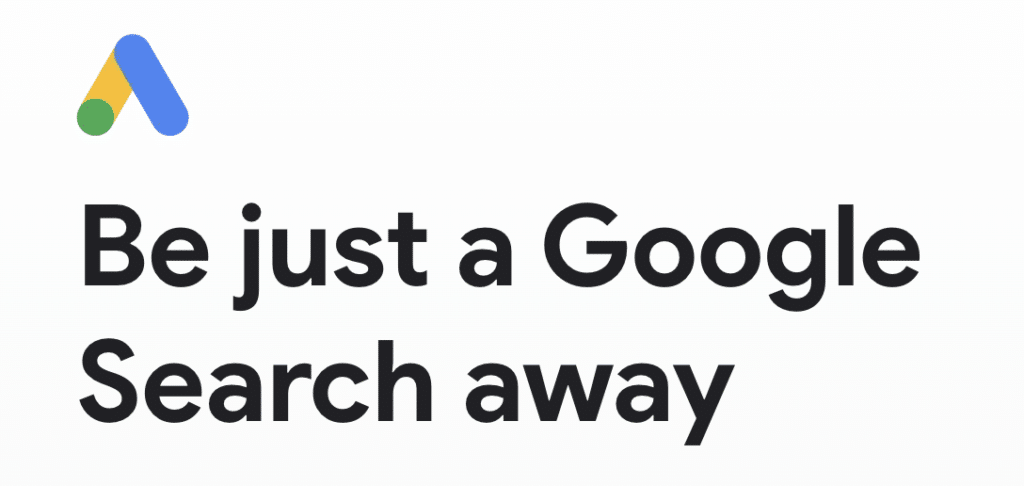A Pay-Per-Click (PPC) campaign is a form of online advertising where advertisers pay a fee each time one of their ads is clicked. Because the campaign is designed around a specific keyword, this is another way you can reach your intended target audience. PPC campaigns are commonly associated with search engines, where advertisers bid on keywords relevant to their business, and their ads appear at the top of the search results when users enter those keywords. In spaces where competition is high, though, differentiating your brand presence from the crowd can be a difficult task – especially when your bids aren’t projecting the ROI you want. Enter Google ads extensions as a fundamental, yet simple solution.
What Is PPC Optimisation?

PPC campaigns can be optimised in different ways to earn more clicks, via the content of the ad, the ad landing page and keyword targeting. Let’s see how they can be optimised through the content of the ad, particularly Google ads extension.
What Is A Google Ad Extension?
Google ad extensions are extra snippets of information that expand your text ads, making them more informative and engaging. These extensions can include additional links, contact information, location details and more.
Benefits Of Google Ads Extensions
By incorporating ad extensions into your PPC strategy, you can benefit from the following:
1. Improved Visibility
Ads with extensions take up more space on the search engine results page (SERP), pushing competitors further down. This enhances your visibility and makes your ad more prominent, piquing users’ interest.
2. Higher Click-Through Rates
With additional information and calls to action provided by extensions, users are more likely to click on your ad. A higher click-through rate (CTR) drives more traffic to your website and can positively impact your SERP ranking and lead to lower costs per click.
3. Enhanced User Experience
Ad extensions contribute to a better user experience by offering users more relevant information upfront. This helps them make informed decisions without having to navigate through multiple pages of your website.
4. Greater Ad Relevance
Ads that are relevant to users have a higher SERP rating, and one way to design such ads would be by providing additional details that match users’ search intent.
Types Of Google Ads Extensions
Automated Extensions
Automated extensions are dynamically generated by Google to enhance the relevance and performance of your ads. These extensions provide additional information automatically, based on user behaviour, search queries and ad performance. Examples of automated extensions may include automatic callouts or seller ratings.
Manual Extensions
Manual extensions allow advertisers to exert direct control over the content and presentation of additional information within their ads. There are several manners in which this additional information can be included:
1. Sitelink Extensions

Sitelink extensions allow advertisers to include additional links in their ads, directing users to specific pages on their website. This is a way to showcase various products, services or offers. For instance, an e-commerce store could use sitelink extensions to highlight categories such as “New Arrivals,” “Best Sellers,” or “On Sale.”
2. Callout Extensions
Callout extensions enable you to include short, descriptive text snippets that highlight the unique features or benefits of your products or services. This is an opportunity to emphasise what sets your business apart from the competition. Phrases such as “24/7 Customer Support,” “Free Shipping,” or “Money-Back Guarantee” are commonly used.
3. Structured Snippet Extensions
Structured snippet extensions allow you to highlight specific aspects of your products or services. This could include product categories, service offerings or key features. By including this structured information, you provide a comprehensive view of your business to users.
4. Location Extensions
For businesses with physical locations, location extensions are crucial. These extensions display your business address, phone number and a map marker, making it easier for local customers to find and contact you. When users are searching for products or services nearby, having location extensions can significantly increase foot traffic to your storefront.
5. Call Extensions
Call extensions provide a clickable phone number within your ad, allowing users to call your business directly. This is especially effective for service-oriented businesses or those targeting mobile users. Using this extension, you can also track call conversions and understand how many customers your ad generates.
6. Image Extensions
Image extensions enhance your ads with visual elements. You can include relevant images alongside your text to make your advertisement more engaging. This is particularly effective for industries where showcasing products or services visually is crucial, such as fashion, travel or food.
7. App Extensions
App extensions are beneficial for businesses with mobile apps. These extensions provide a direct link to download your app from the app store, simplifying the user journey.
8. Price Extensions
Price extensions allow advertisers to showcase specific products or services with their corresponding prices directly in the ad. This is valuable for users looking for cost information upfront, helping them make informed decisions. Including clear pricing details in your ads can attract more qualified leads, as users are more likely to click if they know the cost fits their budget.
How To Incorporate Google Ads Extensions
Here’s a step-by-step guide on how to add ad extensions to your Google Ads campaign:
- Go to the Google Ads website and sign in to your account.
- Navigate to the campaign to which you want to add ad extensions.
- In the left-hand menu, select “Ads & extensions” to access the section where you can manage your ad extensions.
- Click on the blue plus button and select the type of extension you want to add (e.g., Sitelink Extensions, Callout Extensions, Location Extensions). You can consider experimenting with different extension types to see which ones work best for your goals.
- Complete the necessary fields for the selected extension type. For example, if you’re adding Sitelink Extensions, you’ll need to provide the link text and the URL of the page you want to link to.
- Decide whether you want the extension to apply at the account level, campaign level or ad group level. This allows you to tailor extensions to specific areas of your account.
- After adding the extension details, save your changes. Your new extensions will now be eligible to appear with your ads.
If you need more information, get in touch with us today to book a consultation.
At SEO Melbourne, we dedicated ourselves to providing you with expert support to help improve the success of your business.


